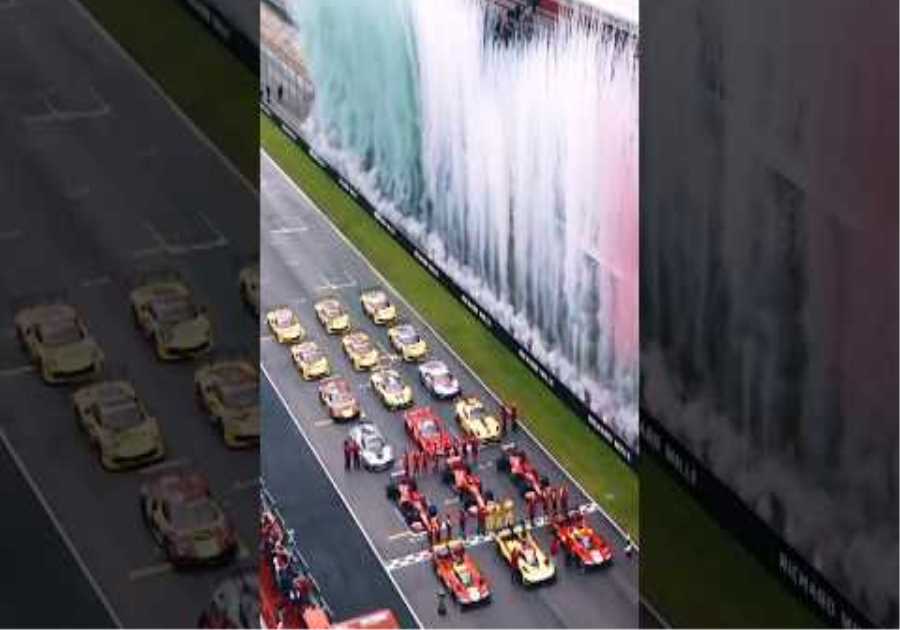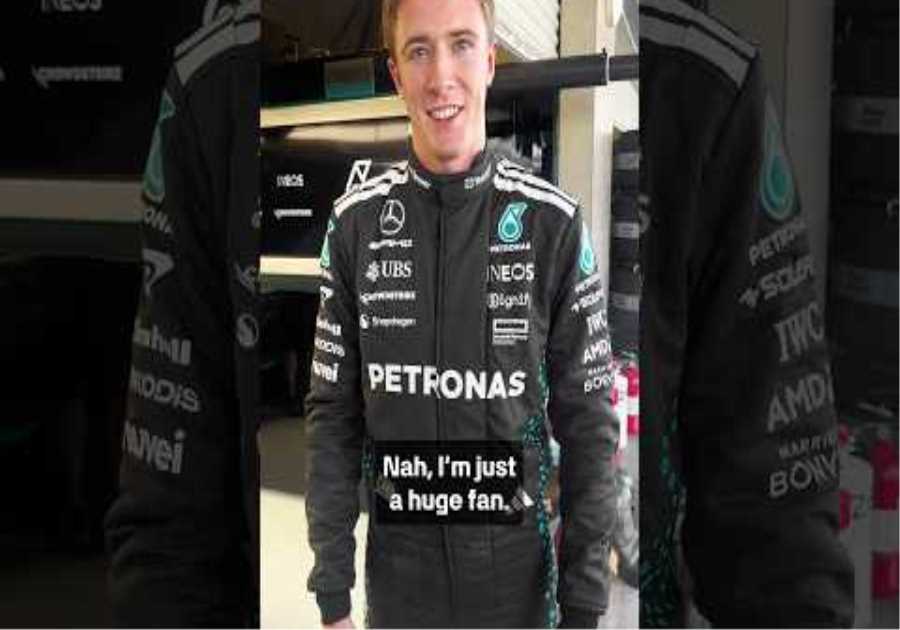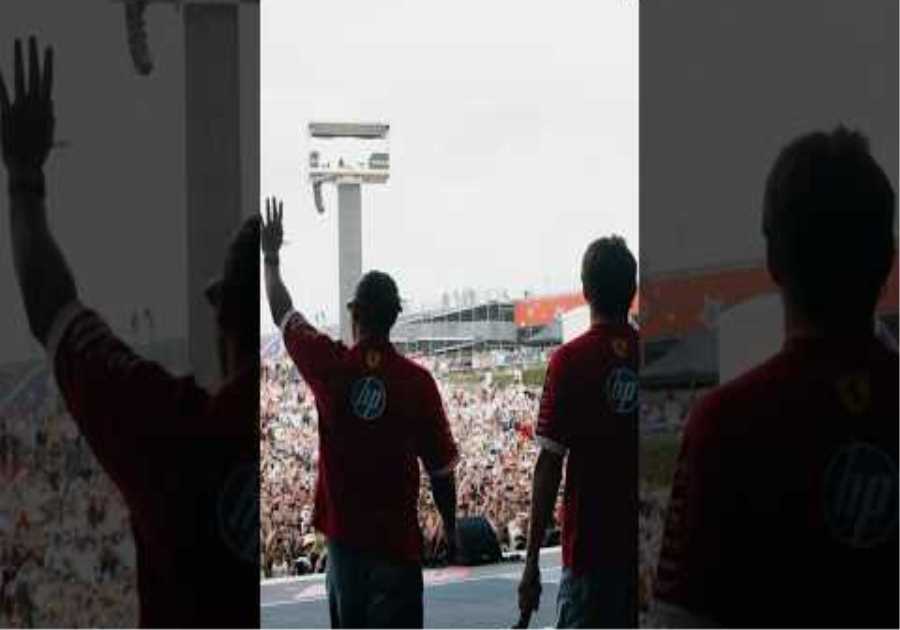
For decades, mechanics and crew chiefs have worked around the clock to discover loopholes within the rules in all sorts of motorsports. To the racing engineers, what many perceive as cheating is rather clever readings of the rulebook to find ambiguities. While outright cheating has been experienced in almost every racing sport, from World Rally Championship, NASCAR racing to Formula One, finding gray areas is neither considered legal nor outlawed – it’s where racing teams gain an unfair advantage over their reluctant adversaries.
Exploring loopholes is part of what makes racing interesting, as they say, “If you ain’t cheating, you ain’t trying.” There are dozens of clever and devious ways racing teams and legendary drivers have used to squeeze out performance advantage in motorsport history. While many of these ingenious cheats were discovered, they were banned way after the team, the driver, or the car had already raced to victory. Because finding ways around the rules has always been a part of motorsport racing, we’ve created a list of the 10 most ingenious exploits of legal ambiguity throughout racing history.
10 2020 Mercedes-AMG F1 DAS system
---Front-Angle.jpg)
Mercedes shocked everyone at the start of the 2020 season with the innovative Dual Axis Steering (DAS) technology. The system allowed the drivers to adjust the front wheels’ toe angle, thus reducing drag and aiding in warming up the tires under a safety car.
--Front.jpg)
This attracted dissatisfaction from rival teams, who claimed Mercedes gained an unfair advantage over the rest of the field. But despite their objection, FIA said the system didn’t violate the year’s regulations. However, it was ultimately banned from the 2021 season onwards following regulation changes.
9 Smokey Yunick’s Deflategate

Smokey Yunick was a brilliant mechanic who became famous for his creative interpretation of NASCAR rules. One of his clever “cheats” during the 1960s was shoving an inflated basketball in an already oversized fuel tank before the car was subjected to inspection. This followed NASCAR’s regulations regarding the gas tank’s capacity.

After the scrutineers cleared the car, Smokey would then deflate the basketball, remove it and brim the gas tank with fuel, thus gaining more mileage and spending less time refueling. What is illegal? No. It turned out there were no such rules in place against this particular trick.
8th 1998 Toyota GT-One “The Red Lady” trunk exploit
---Front.jpg)
In 1998, Toyota built the GT-One to race in the GT1 series. At the time, the rules required every competing car to have a road version. As such, one of the requirements for both road and race cars was the inclusion of a trunk that could fit a standard suitcase.
---Front.jpg)
Following a trick pioneered by Mercedes, Toyota didn’t include a hatch for the trunk. Toyota took it a step further by eliminating the trunk completely. They argued that the empty fuel tank could theoretically hold a suitcase. Surprisingly, Toyota got away with it as the rules didn’t require you to fit a suitcase during an inspection.
7 Yunick’s 1967 Chevy Chevelle Race Car

While NASCAR mandated that racing cars remain in stock, Smokey Yunick had other ideas. Heading into the 1967 season, Yunick worked on developing what is now one of the best-modified stock cars in the sport’s history.

Although many allude that the car maintained the 7:8 scale of the stock Chevelle, Yunick sculpted the car’s exterior to be more aerodynamic. Amongst other mods, the most dramatic one was moving the car’s body a few inches backward for better weight distribution. While the car couldn’t be considered “stock,” it wasn’t illegal.
6 2011-2014 Red Bull Racing Flexible Front Wing

The dominant Red Bull F1 car that Sebastian Vettel drove to four consecutive championships from 2010 to 2013 was as much a result of technological innovation as well as living in the gray area of FIA rulebooks. The 2011 RB7 that took 11 wins and an additional 15 poles in 19 races featured a flexible wing.

The wing passed inspection tests throughout the season but would hug the track more than allowed when subjected to aerodynamic load. While it was a revolutionary thing back then, it was deemed illegal by rival teams. In 2013, more strict tests killed the loophole, and Red Bull was penalized in 2014 for using the flexible wing in qualifying.
5 1997 Jeff Gordon No. 24 “T-Rex” Car Front Bumper Seal

The Hendrick Motorsports team set out on a bold plan by testing an experimental chassis in 1997. When the car finally ran for one race in the All-Star Race, it destroyed every other car on the track.
Nicknamed the T-Rex, the car was designed to try and exploit the gray areas in NASCAR’s rules and regulations. The car featured oversized frame rails and a curved floor. The front end also sat closer to the track, creating a low-pressure zone at the rear, thus gaining extra downforce. While it was deemed legal, NASCAR instructed Hendrick Motorsports to never race the car again.
4 The 1967 “Lightweight” Chevy Camaro By Smokey Yunick

The 1967 Trans-Am championship saw the presentation of the Chevy Camaro SCCA under the Penske Racing Team. While it was built out of lighter gauge steel, unfortunately, Donohue crashed it twice in its first outing. So, the Penske team decided to dip the race car in acid rather than repair the sheet metal.
---Front.jpg)
As a result, they dropped 270 pounds – the car was dubbed “the lightweight” as it weighed 2,550 pounds even with a full roll cage. Meanwhile, Donohue went ahead to win the final two rounds. But after the season finale, SCCA declared the “lightweight” Camaro illegal and banned it forever.
3 2008 Brawn GP Double Diffuser
---Front.jpg)
Brawn GP left many wondering how they managed to pull a 1-2 finish in its first race, having competed for one season since buying out the underperforming Honda team. And while the team ended up scooping both championship titles, the team barely had any sponsors, enough development time, or funds.

How did this happen? The team had discovered a loophole in the regulations where they fitted the car with a “double diffuser.” The rear diffuser channeled air from the floor to the back of the car through a hole in the diffuser. This generated more downforce than other cars.
When NASCAR advocated new regulations regarding the size of the gas tank, Smokey Yunick obliged by installing a standardized fuel tank. But here’s where it gets interesting. Yunick discovered the rulebooks didn’t say anything about the fuel lines.

When NASCAR officials suspected Yunick’s car was getting better fuel mileage, they discovered the tank was within the regulations, but Yunick replaced the normal fuel line with an 11-foot-long fuel line featuring a 2-inch-wide inner diameter. This means Smokey Yunick’s race car could hold an extra 5 gallons of fuel.
1 Gordon Murray’s 1981 Brabham BT49 F1 Low Rider

While a fine line exists between bending the rules and innovation, Gordon Murray pulled a fast one with the 1981 Brabham BT49C. When unleashed on the track, it featured a hydro-pneumatic suspension system that allowed the car to run closer to the ground than the regulations allowed.

This gave the car an aerodynamic advantage over its rivals. Surprisingly, the car stood at the recommended height at a standstill, but the aerodynamic load pushed the body down when up to speed. As other teams debated on the legality of the trick, similar systems were being made and used by competitors. Eventually, Gordon Murray clinched the 1981 F1 championship by a single point.






